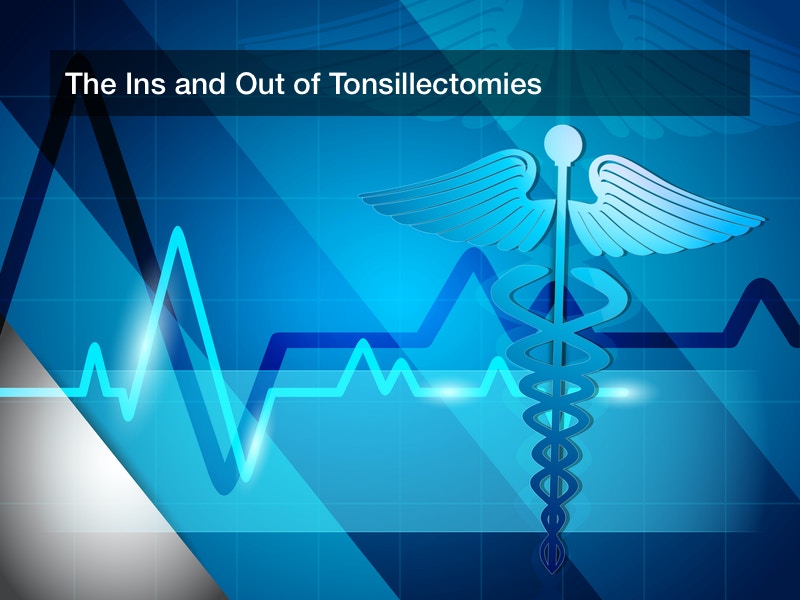
The Ins and Out of Tonsillectomies

It used to be that when children had multiple infections, they often had their tonsils removed. This was the standard operating procedure for ENT doctors around the United States. In fact, if you go back three decades, you would find that about 90% of all tonsillectomies (the removal of tonsils) were done for that reason. A lot has changed over the last few decades and today, only 20% of these surgeries are performed because of infections. About 80% of tonsils that are removed today are to help with some kind of obstructive sleep disorders.
In addition to changes in the reason such surgeries are performed, the number has also changed. While the frequency with which tonsils are removed differs depending on what part of the country you are talking about, overall, the number of these operations has declined dramatically. One reason for this change is that ENT doctors and general practitioners take different approaches to recurrent infections today than they did back in the day.
- They are not necessary. People sometimes think that because tonsils are a part of the body’s immune system that they are needed to stay healthy. This is not at all true. While they can be useful at preventing viruses and bacteria from making their way down a throat, they do not play a crucial role in your health or the health of your child.
- Tonsil removal is common. While the number of operations to remove the tonsils has gone down, it is still a common procedure. ENT doctors say that nearly8 530,000 sets of tonsils are removed from children every year. The only outpatient operation that kids have more is the addition of tubes to aid in ear infection healing. The procedure itself is being worked on all the time and now is a simple outpatient operation.
- Adults can get their tonsils out but for different reasons. For the most part, the people who seek out help from ENT doctors for assistance with their tonsils are children but adults have this done as well. While most kids today have to have their tonsils removed because of obstructive sleep issues, chronic tonsillitis is the reason most adults have to have this procedure done.
- Kids behave better after their tonsils are removed. Now, this is not to say parents with children who act out should talk to ENT doctors to remove their tonsils to make them better behaved but that is a common side effect. The reason is that when kids suffer from sleep apnea, caused by enlarged tonsils, they do not get enough sleep. When kids do not get enough rest, they often act out. When the problem is eliminated, the kids get better sleep which leads to better behavior.
- Tonsils have been known to come back after removal. When ENT doctors do the surgery, they actually only take out close to 90% of the tonsil tissue. This means there is still about 10% in the body and that can grow back. This is not common but can happen in 10% of tonsillectomy patients.
- If scabs form, it is best to let them be. The area where the tonsils were removed is prone to the development of scabs. These can cause bad breath and have a white and thick look about them. They will go away on their own but you can really do damage if you try to get rid of them yourself. Heavy bleeding can be the outcome when you remove them on your own.
- People can eat whatever they want after surgery. Some people think that after tonsils are removed, the person has to stick to a particular diet that requires little chewing. ENT doctors actually recommend starting back on a regular diet as soon as possible because the chewing can help with the healing process. If it hurts to swallow, starting with ice cream or Jell-O can help with that pain.
- Many people experience a change in their voice. People notice their voices have more of a nasal sound when they talk after their tonsils are removed. This is because the space taken up by the tonsils is now empty. Most people report that their voices go back to normal within a few weeks.
Getting over a tonsillectomy is easy and takes very little time.